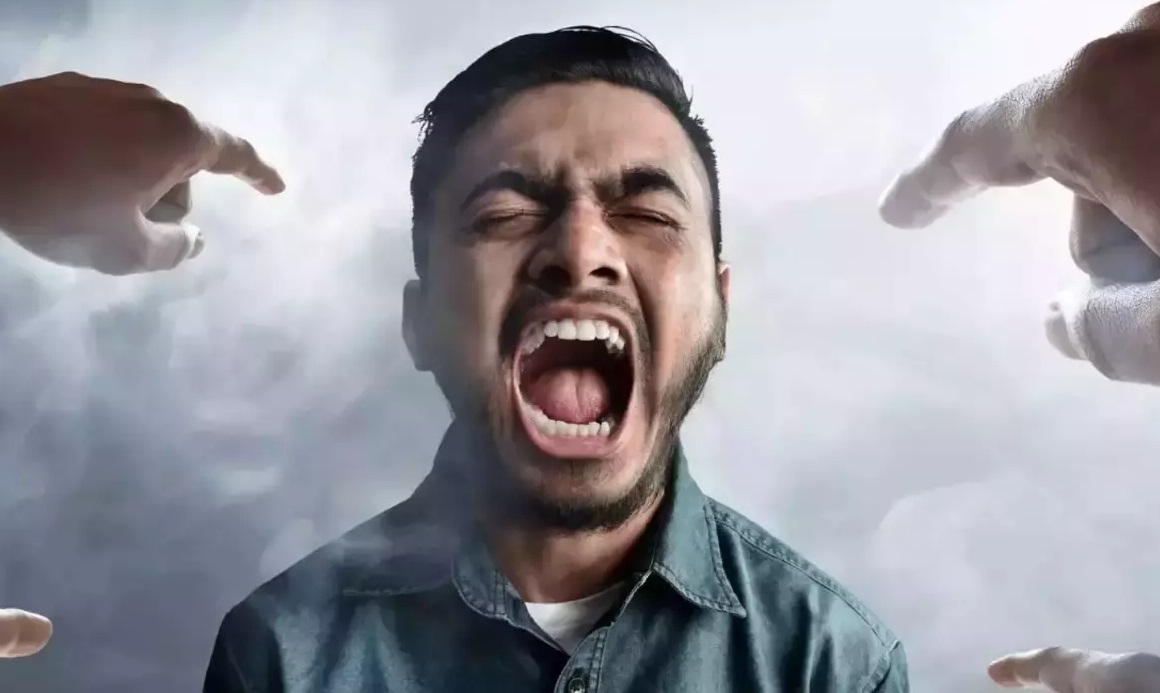A GENERATION IN ANGER Urgent need to find soothing solutions
08 Sep 2024 10:20:43

By Reema Mewar :
Four juveniles attacked the elderly and highly respected social worker, and ended up killing the person. And the boy who delivered the fatal blow was just 17 years old. And even in that tender age, he had had history of similar violence. At 15, he had killed another person as well.
As she narrates this horrifying tale of young aggression, Nagpur’s Joint Commissioner of Police Aswathi Dorje stresses the importance of conscious effort to involve young generation that displays bouts of extreme anger in effective and sobering, softening communication.
Neha Bhave Salankar, consulting psychiatrist; and Seema Survey, Police Inspector In-Charge of Bharosa Cell of Nagpur Police, agree, and underline the importance of understanding the core causes of why the youngsters explode in anger and how to handle this burgeoning sociological issue that has had countless numbers of families, social workers, counsellors, thinkers and educators seriously concerned for long.
When ‘The Hitavada' opened this subject to the three women, the subsequent discussion brought to fore various triggers that push young emotion of anger to extreme and how that gets turned into aggression with occasional terrible consequences.
Of course, it would be wrong to generalise that all youngsters are angry people ready to explode.
Yet, the realisation is dawning upon the larger society that the numbers of trigger-happy youngsters ever willing to explode in extreme aggression is on the rise in the past some time due to several factors that include various digital domains that appear to have no regulation of content and where the main business is somehow to titillate or instigate the human mind. In that blaze of on-screen emotional explosion, countless numbers of young persons are known to fall prey. It is this phenomenon that leads to serious questions that call for serious effort to find answers.
Neha Bhave Salankar says that anger is an emotion, and there is nothing wrong with feeling angry. The problem arises when this anger takes the form of physical or verbal abuse, whether it is directed towards others or oneself. Speaking to ‘The Hitavada’ about the influence of gore, violence, bloodshed, foul language, and other things that are readily available in video games and OTT platforms in promoting aggression, Salankar said, “In children, a phenomenon called ‘modelling’ can be observed, meaning they tend to imitate what they see. Social media and TV have a significant impact on young minds. When they see violence glorified on the screen, they tend to imitate this behaviour. If they are exposed to more explicit content, violence, and abusive language, there is a high chance they will start imitating them.”
According to Aswathi Dorje, the way a family communicates heavily influences how a child manages his/her emotions.
Children mirror the style of communication they see elders at home displaying, so if parents communicate with kindness and patience from early on, the child will mirror these attitudes, thus curbing aggressive tendencies.
Speaking about bullying in schools, she remarked that children may sometimes get a ‘thrill’ from making others feel powerless, and this exhilaration is what leads them to commit broader social evils like violence, vandalism, assault, and other crimes. Aggression becomes a part of their personality. Substance abuse in children barely outside their teen years is also a concerning trend being observed more and more frequently. Dorje added that children who bullied their peers in school required special attention from parents, teachers, and counsellors at an early age, or they might grow up and become anti-social elements.
Another case that Dorje mentioned involved a child who was quite gifted academically and had a bright future ahead of him. However, this changed when he became consumed by a violent online game. As he became more involved in this game, the lines between reality and fiction began to blur, and he eventually stopped distinguishing between the two.
There are many such concerning cases that have come to light in recent times, which shows that the impact of digital media on young minds is severely underestimated. With the internet becoming more widespread and accessible each passing day, it is very difficult for a parent to regulate the content that a child can access.
Asked about the measures parents could take to identify and address these problems, Dorje suggested, “The simple answer to this problem is communication. If parents communicate well with their children and are actively involved in their lives, the children will also trust their parents and not get into trouble secretively.”
Aggression is not a behaviour that fades away over time in everyone. As an individual gets older, this tendency can intensify, sometimes to the point where they may endanger the lives of others.
Seema Surve, Police Inspector and In-charge of Bharosa Cell, said that the perpetrators in the domestic violence cases they come across are mostly around the age group of 26-45 years old, and a majority of people come from backgrounds where either the father physically or verbally abused the family members, or had a problem with substance abuse.
These experiences trickle into one’s psyche and mould their perception and attitude. It is important to understand that aggression and violence are learned behaviours that can be prevented and corrected with right guidance.
The spectre of hostility and aggression in children looms large over the society. It is a complex issue, rooted in media exposure, family dynamics, and individual temperament. While these behaviours can be influenced by external forces, they are not inevitable. The well-being of youth is paramount.
It is time society addressed the challenges the youth faces with empathy,
understanding, and a
commitment to creating a more compassionate and peaceful world.
n